Home>Ideas and Tips>Essential Tips For Identifying Valuable Antique Books
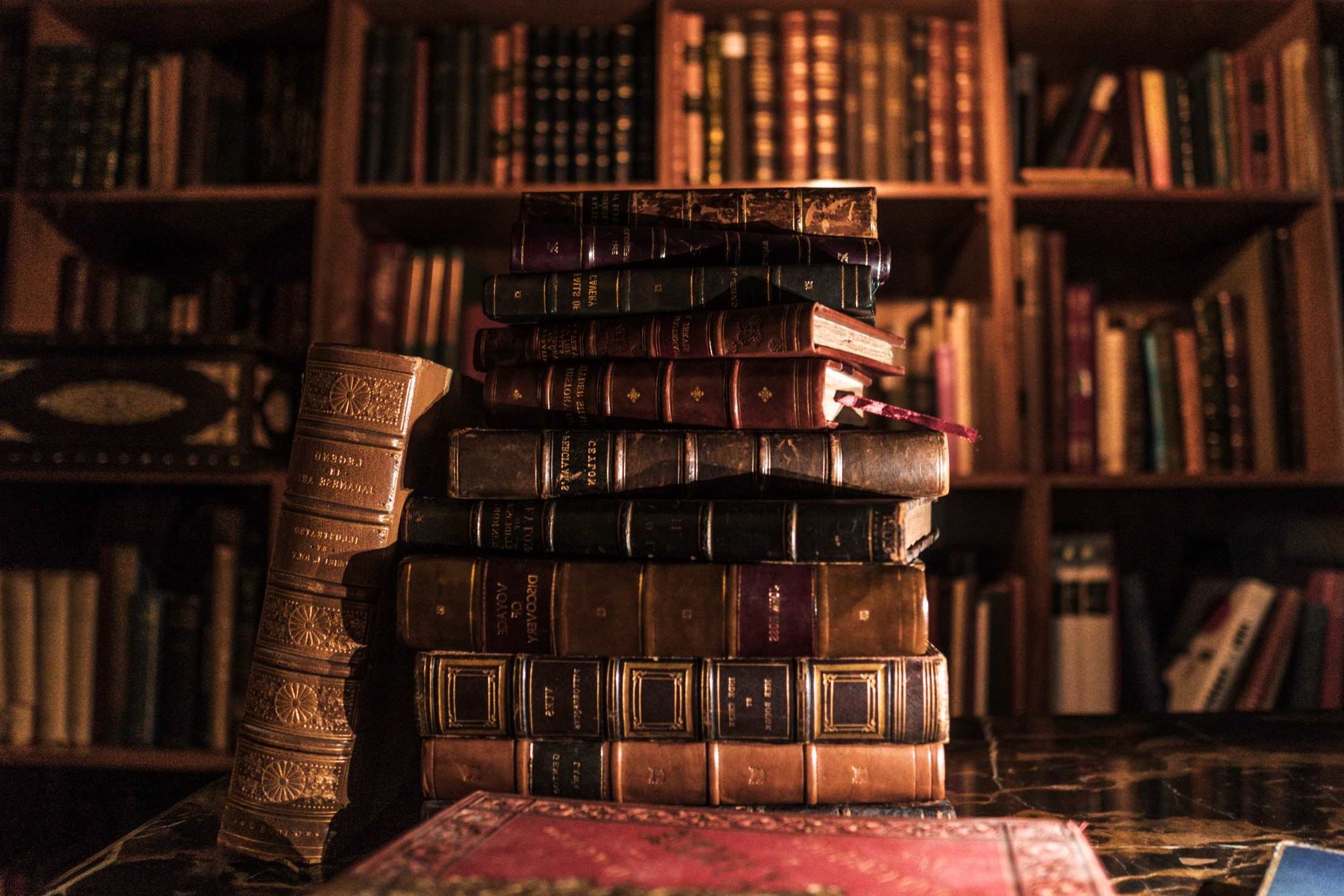

Ideas and Tips
Essential Tips For Identifying Valuable Antique Books
Published: November 3, 2024
Discover essential tips for identifying valuable antique books, from first editions to author signatures, and build a unique, historically rich collection.
(Many of the links in this article redirect to a specific reviewed product. Your purchase of these products through affiliate links helps to generate commission for Storables.com, at no extra cost. Learn more)
Collecting antique books can be a fascinating and rewarding hobby, offering a glimpse into the past through the pages of rare and historically significant volumes. However, identifying valuable antique books requires a combination of knowledge, research, and attention to detail. In this article, we will delve into the essential tips for identifying valuable antique books, helping you navigate the world of rare book collecting with confidence.
Understanding the Basics of Book Collecting
Before diving into the specifics of identifying valuable antique books, it's crucial to understand the fundamental principles of book collecting. Here are a few key points to get you started:
- Research: The first step in any book collection is thorough research. This involves learning about the book's initial publication, its author, and its historical context.
- Budget: Setting a budget is essential. With a small budget, it's easy to make mistakes, so it's wise to start with a modest amount and gradually increase as you gain more experience.
- Focus: Building a collection around what you love and what you can afford is key. Focus on specific authors or titles that interest you the most.
Read more: How To Identify Antique Vases
Rarity of Editions
One of the most critical factors in determining the value of an antique book is its rarity. Here are some key points to consider:
- First Editions: First editions are highly sought after by collectors because they represent the first time a book was printed by a publisher. These editions are often marked with phrases like "First Edition" on the title page, but not always. Look for other indicators such as multiple publication dates or phrases like "2nd Printing."
- Limited Editions: Limited editions, whether signed or unsigned, are also highly valuable due to their scarcity. These editions often come with special features like illustrations or engravings that enhance their value.
- Special Bindings: Certain bindings, such as leather or fine cloth bindings, can significantly increase a book's value. Leather bindings, particularly those made from premium materials like Morocco or calf skin, are highly prized for their durability and aesthetic appeal.
- Illustrated Editions: Books with high-quality illustrations or engravings can also be valuable. Works by renowned illustrators like Gustave Doré can significantly enhance a book's prestige among collectors.
Author Signatures
An author's signature can greatly enhance the value of an antique book. Here’s why:
- Provenance: An author's signature provides a tangible link to the historical authenticity of the book. It confirms the author’s direct involvement in its creation and adds to its provenance.
- Rarity: The rarity of an autographed antique book is amplified when the author’s signature is found on a rare edition. Collectors are drawn to unique and limited items, making signed books highly sought after.
Condition: Preservation and Aesthetics
The condition of an antique book is crucial in determining its value:
- Preservation of Content: A book’s primary purpose is to convey its content. Books in good condition ensure that the author’s words and illustrations are preserved, making them more enjoyable for readers and more valuable for collectors.
- Aesthetics and Collectibility: Books that retain their original appearance, including crisp pages, intact bindings, and minimal wear, are aesthetically pleasing. Collectors often prioritize books that maintain their original appeal.
- Leather Bindings: Antique books featuring leather bindings, particularly when well-preserved, exhibit heightened market value. The use of premium leather materials contributes to the books’ desirability.
- Fine Cloth Bindings: High-quality cloth bindings, especially those with intricate designs or embossing, contribute to the value of antique books. Materials like silk or damask further elevate the premium quality.
- Tooled Bindings: Bindings with intricate tooling reveal detailed patterns crafted through tooling techniques. This meticulous craftsmanship enhances the value of antique books.
Artistic Merit
The quality of illustrations and plates reflects the artistic merit of the book:
- Renowned Illustrators: Works by renowned illustrators or engravers can significantly enhance a book’s prestige among collectors who appreciate fine craftsmanship.
- Completeness of Editions: Some collectors prioritize acquiring antique books in their complete and original form, including all illustrations and plates. Books with missing or damaged illustrations may be considered incomplete, potentially impacting their value.
Read more: How To Identify Authentic Antique Porcelain
Market Trends and Provenance
Understanding current market trends and provenance is essential for identifying valuable antique books:
- Market Trends: The value of antique books can fluctuate based on current market trends. Stay informed about what collectors are looking for and what prices are being paid for similar items.
- Provenance: The ownership history of a book can greatly impact its value. Books that have been owned by notable figures or have a documented history can command higher prices.
Evaluating Your Old Book
To determine the true market value of an antique book, you need to evaluate it carefully:
- Condition Assessment: Assess the condition of the book by checking for damage, wear, and other imperfections.
- Edition Identification: Identify whether it is a first edition or another rare edition. Look for phrases like "First Edition" or indicators such as multiple publication dates.
- Author and Title Verification: Verify the author and full title of the book.
- Publication Date: Check for the publication date on the back of the title page or other relevant sections.
- Publisher Identification: Identify who published the book and whether there are different editions by different publishers.
Using Online Resources
Utilizing online resources can help you research and evaluate old books effectively:
- Used and Rare Bookseller Websites: Websites like Addall and Bookfinder bring together sellers' prices, helping you compare prices and find valuable information about your book.
- Rare Books Organizations: Organizations such as the Antiquarian Booksellers Association of America (ABAA) and the International League of Antiquarian Booksellers (ILAB) provide lists of booksellers and appraisers near you or worldwide.
- Libraries and Guides: Resources from libraries like the Enoch Pratt Free Library offer guides on evaluating old books, including tips on maintaining and cleaning your books.
Building Your Collection
Building a collection takes time and patience:
- Target Specific Authors or Titles: Focus on specific authors or titles that interest you the most. Becoming an expert on a particular book or author can help you make informed purchases.
- Start Small: Begin with modest purchases and gradually increase as you gain more experience.
- Sell What Doesn’t Fit: Feel free to sell what doesn’t fit your collection anymore and reinvest that money into your current focus. Sometimes, collections can fund themselves after a certain point.
Read more: How To Identify Antique Persian Rugs
Conclusion
Identifying valuable antique books requires a combination of knowledge, research, and attention to detail. By understanding the rarity of editions, the significance of author signatures, the importance of condition and aesthetics, market trends, provenance, and utilizing online resources effectively, you can navigate the world of rare book collecting with confidence. Remember that building a collection takes time; focus on what you love and what you can afford, and always be willing to learn more about your passion for antique books.
In conclusion, collecting antique books is not just about acquiring rare items; it's about preserving history and appreciating the craftsmanship that goes into each volume. By following these essential tips for identifying valuable antique books, you'll be well on your way to creating a unique and valuable collection that reflects your passion for literature and history.
Was this page helpful?
At Storables.com, we guarantee accurate and reliable information. Our content, validated by Expert Board Contributors, is crafted following stringent Editorial Policies. We're committed to providing you with well-researched, expert-backed insights for all your informational needs.
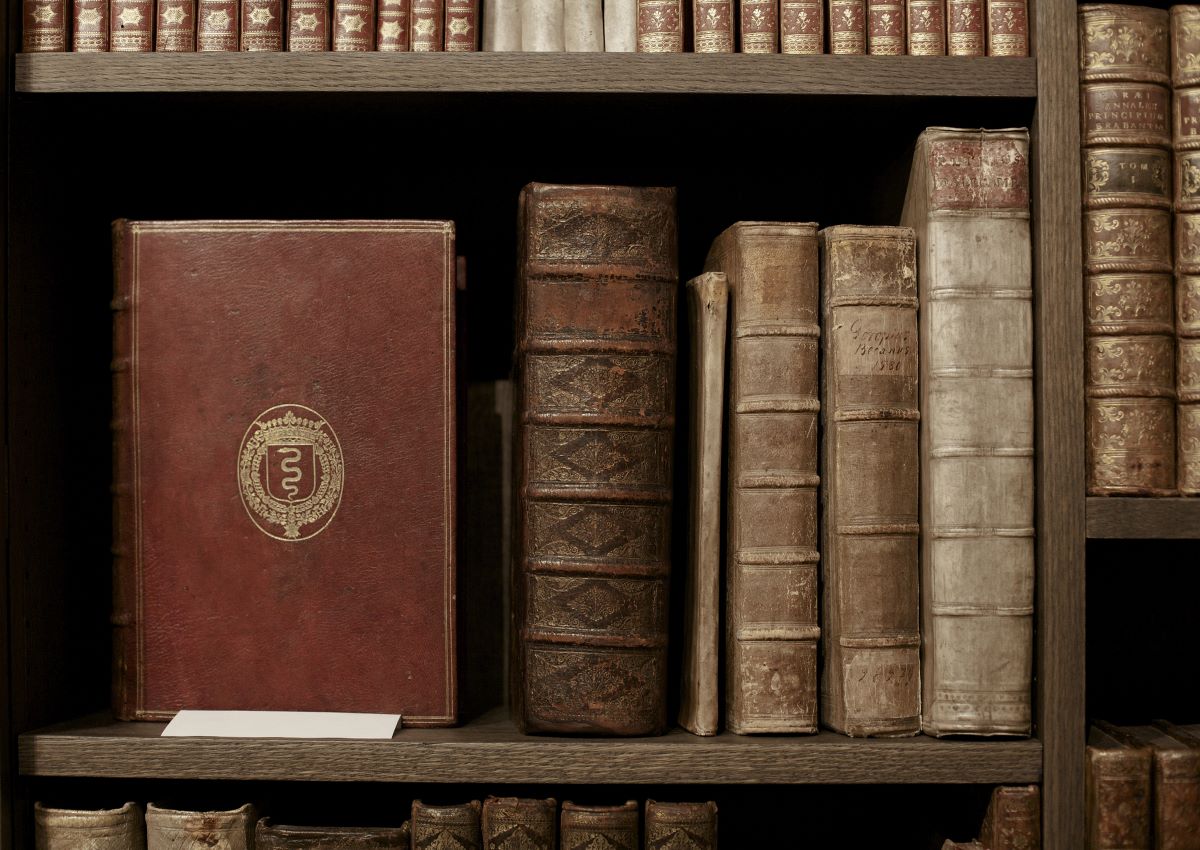
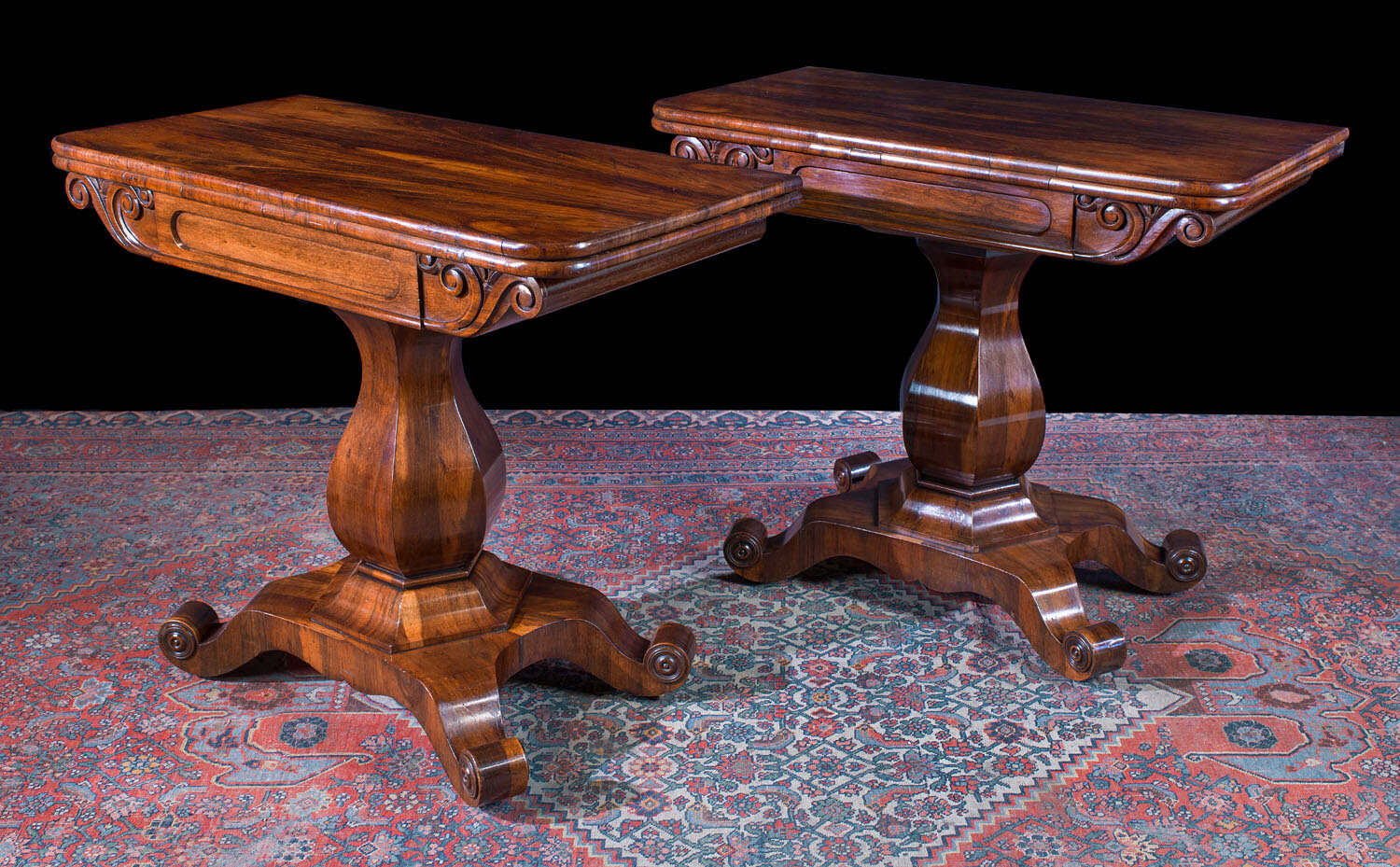
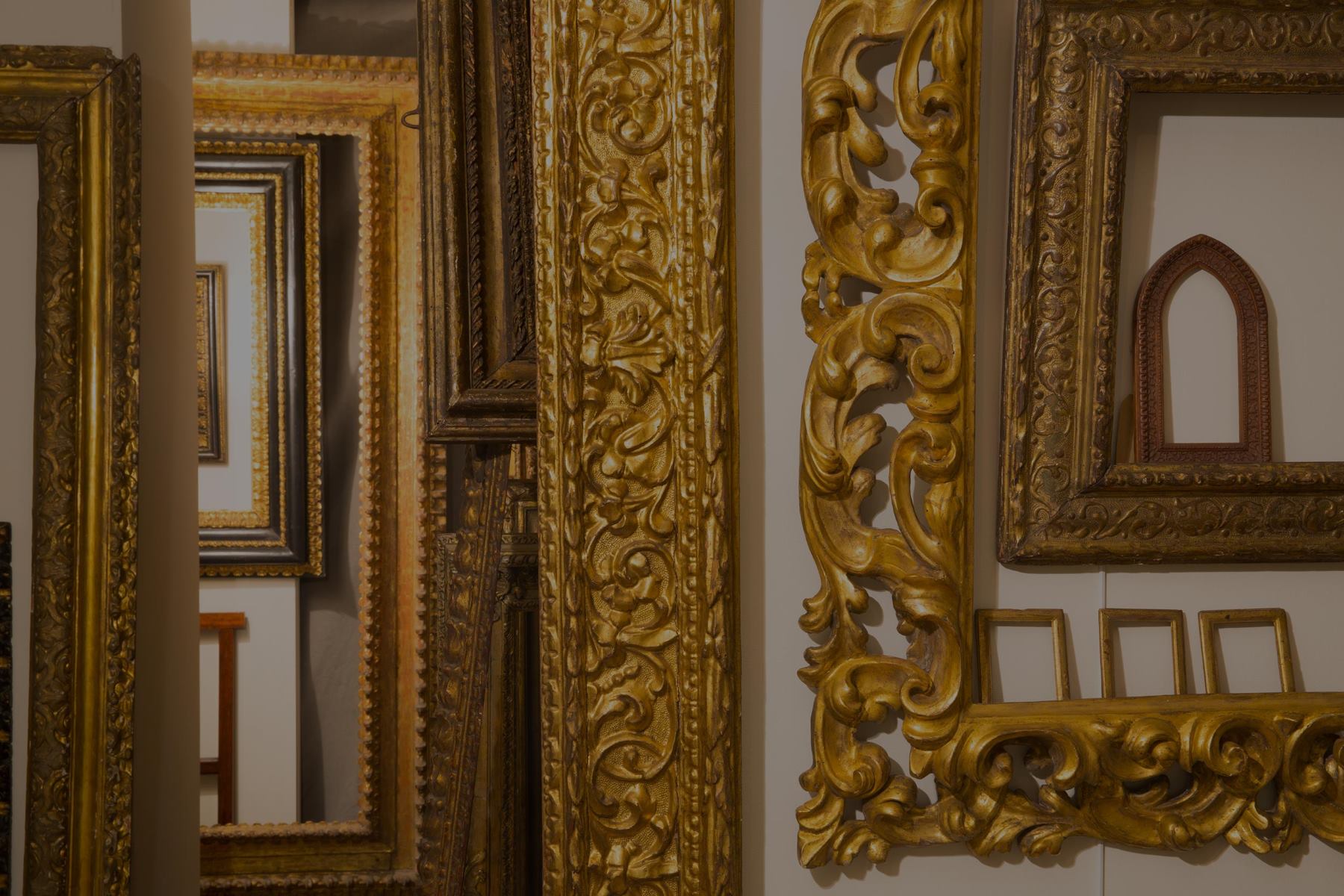
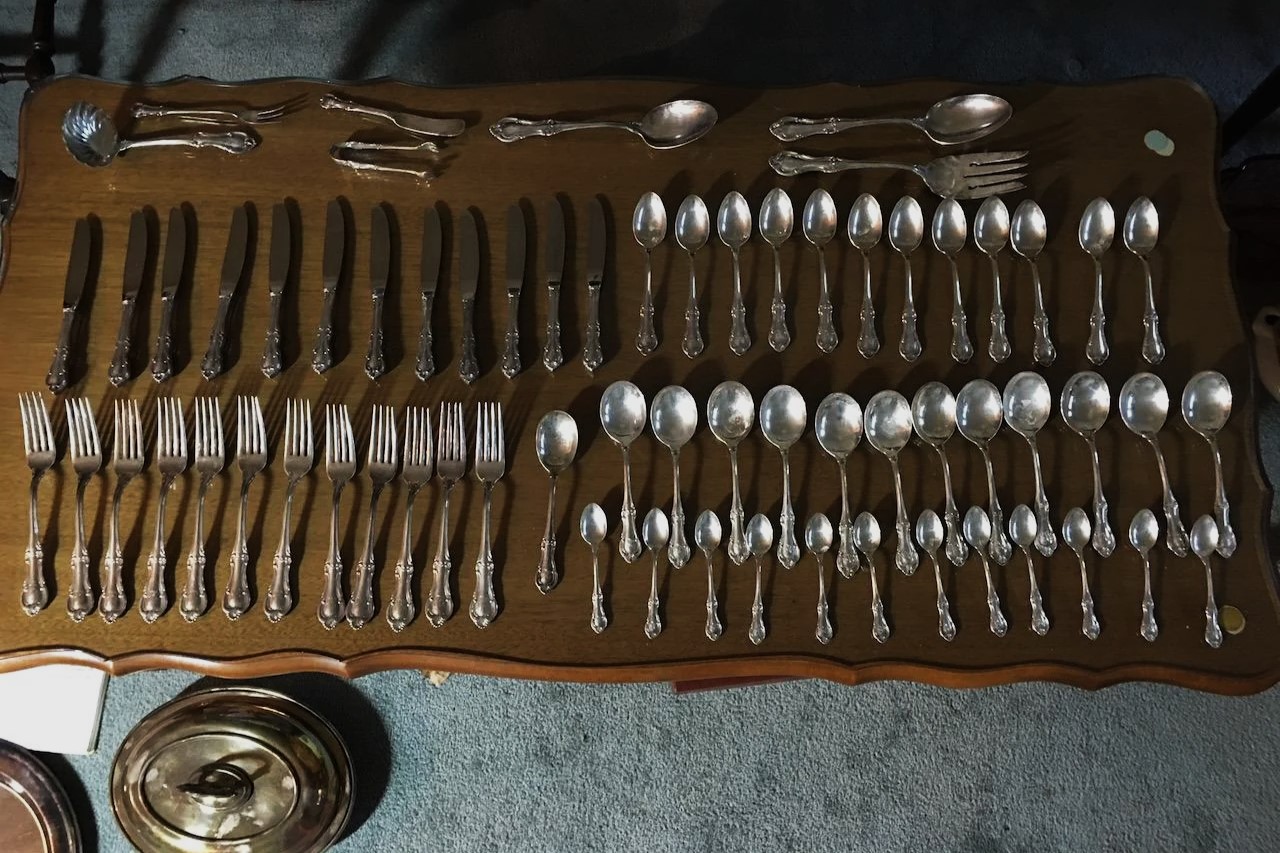
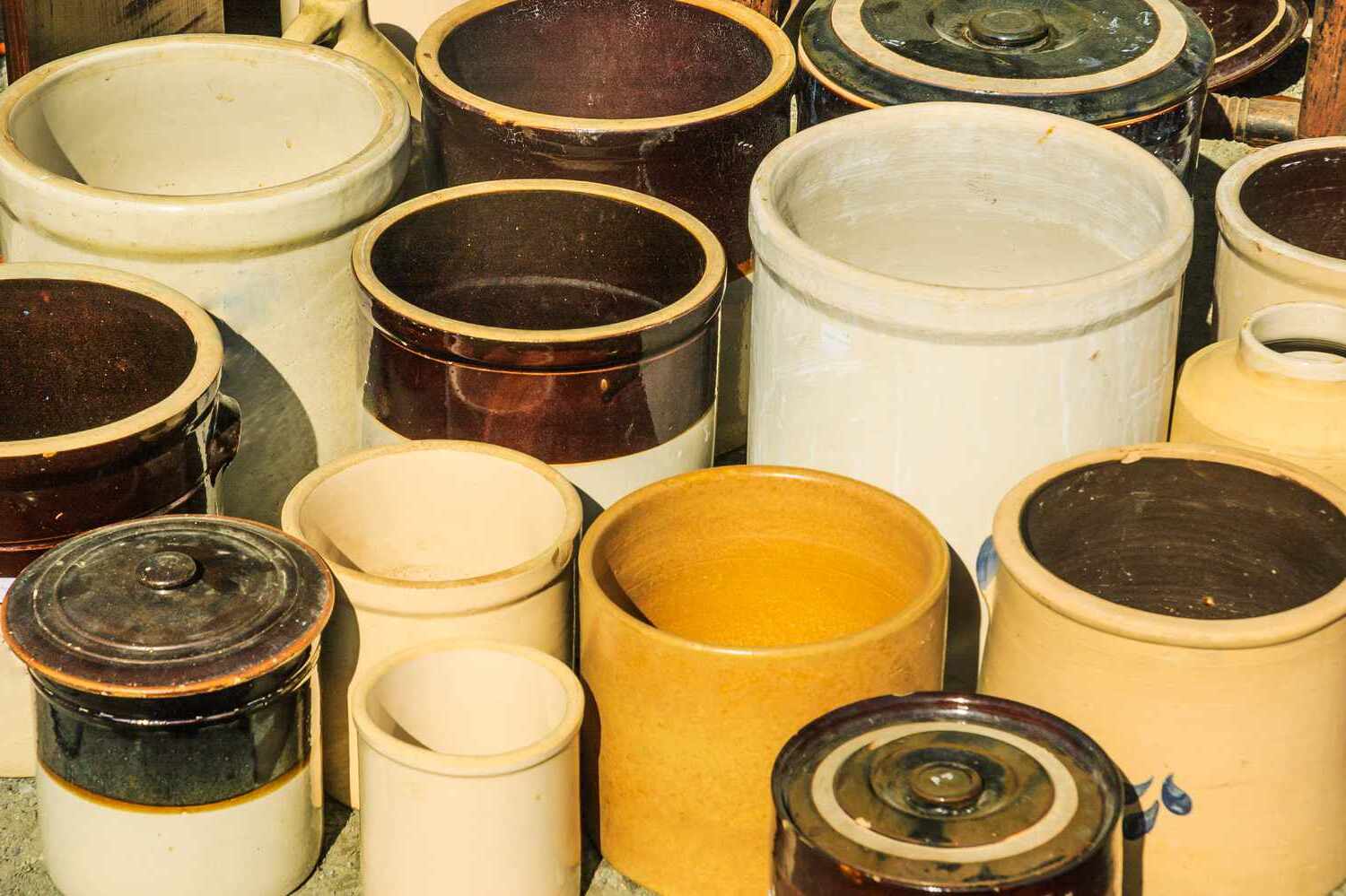
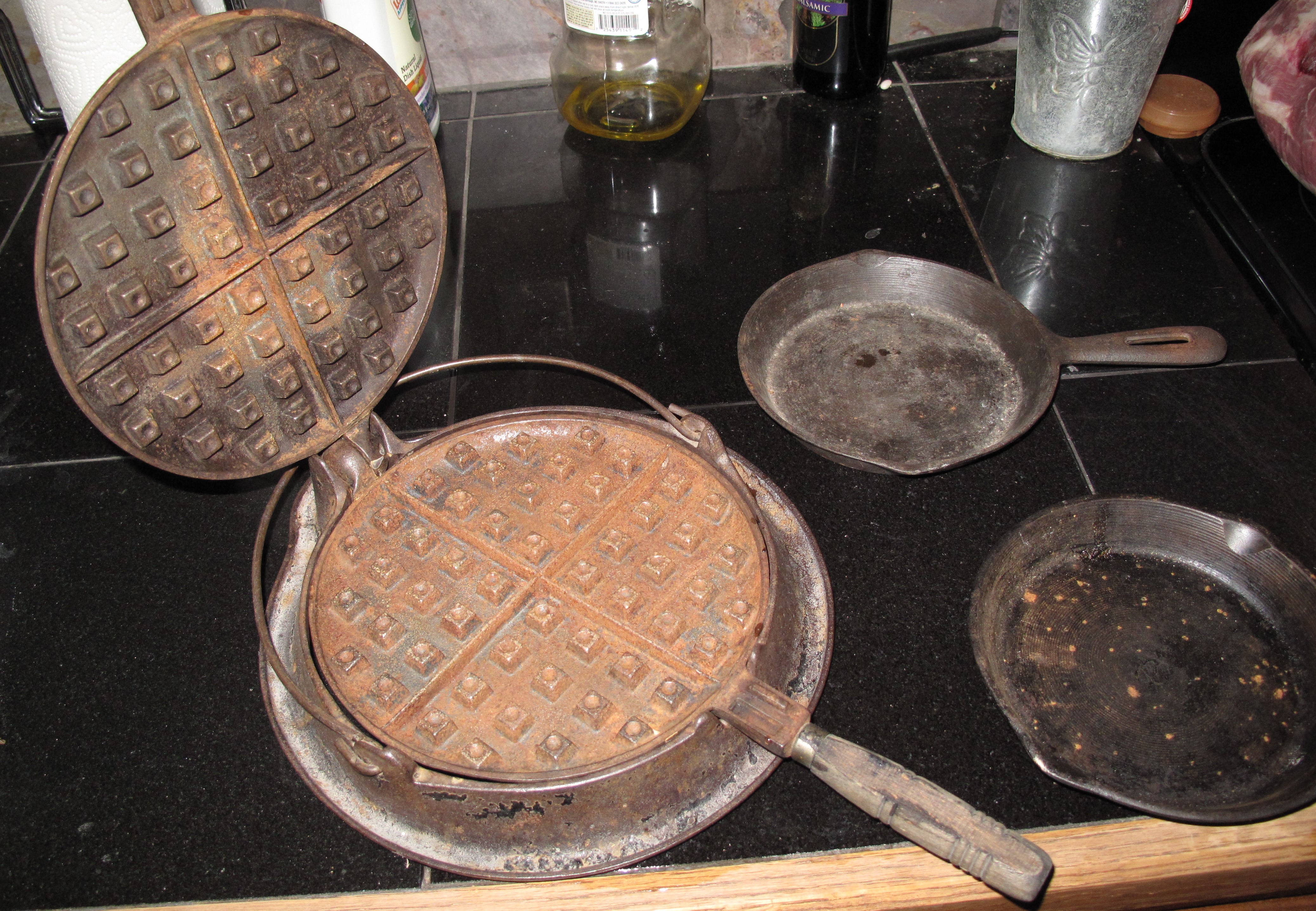
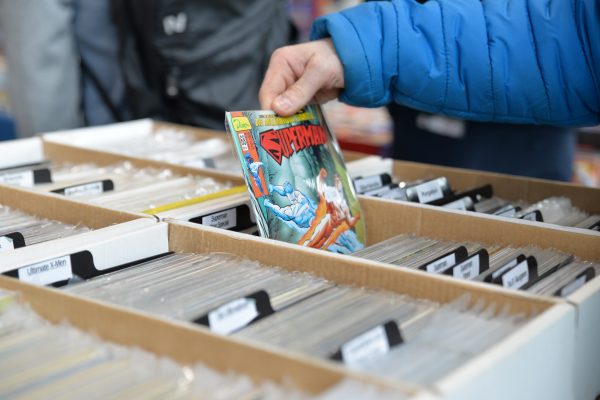

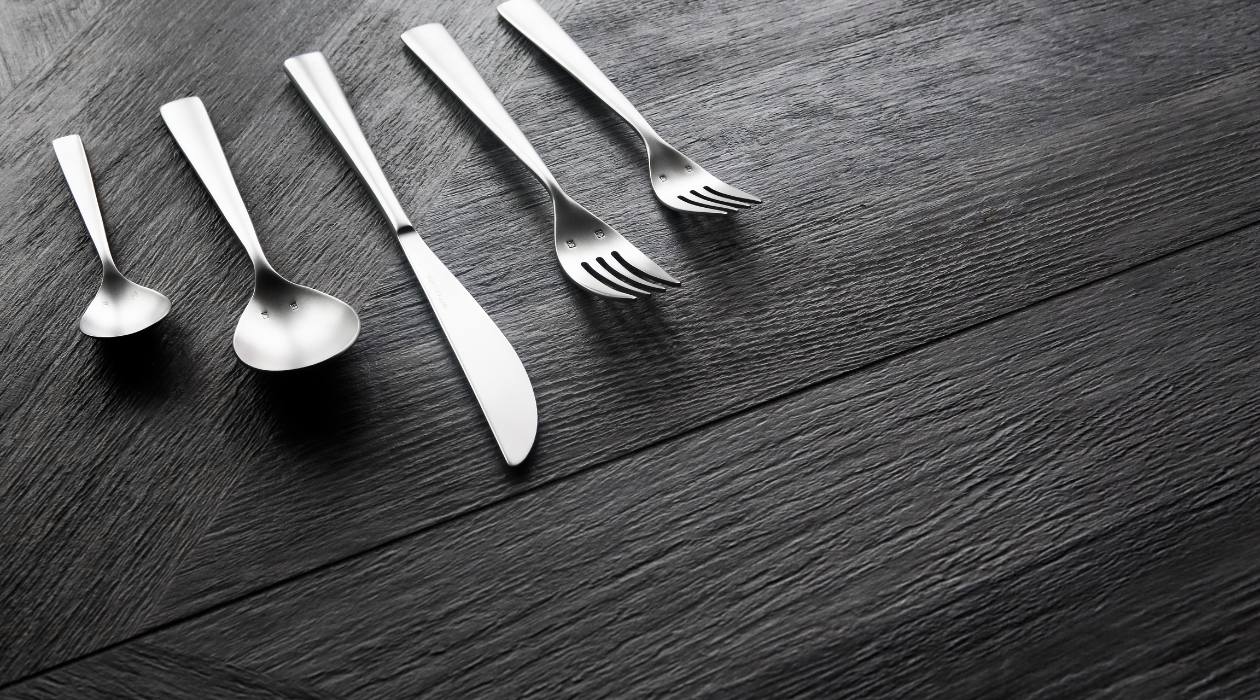
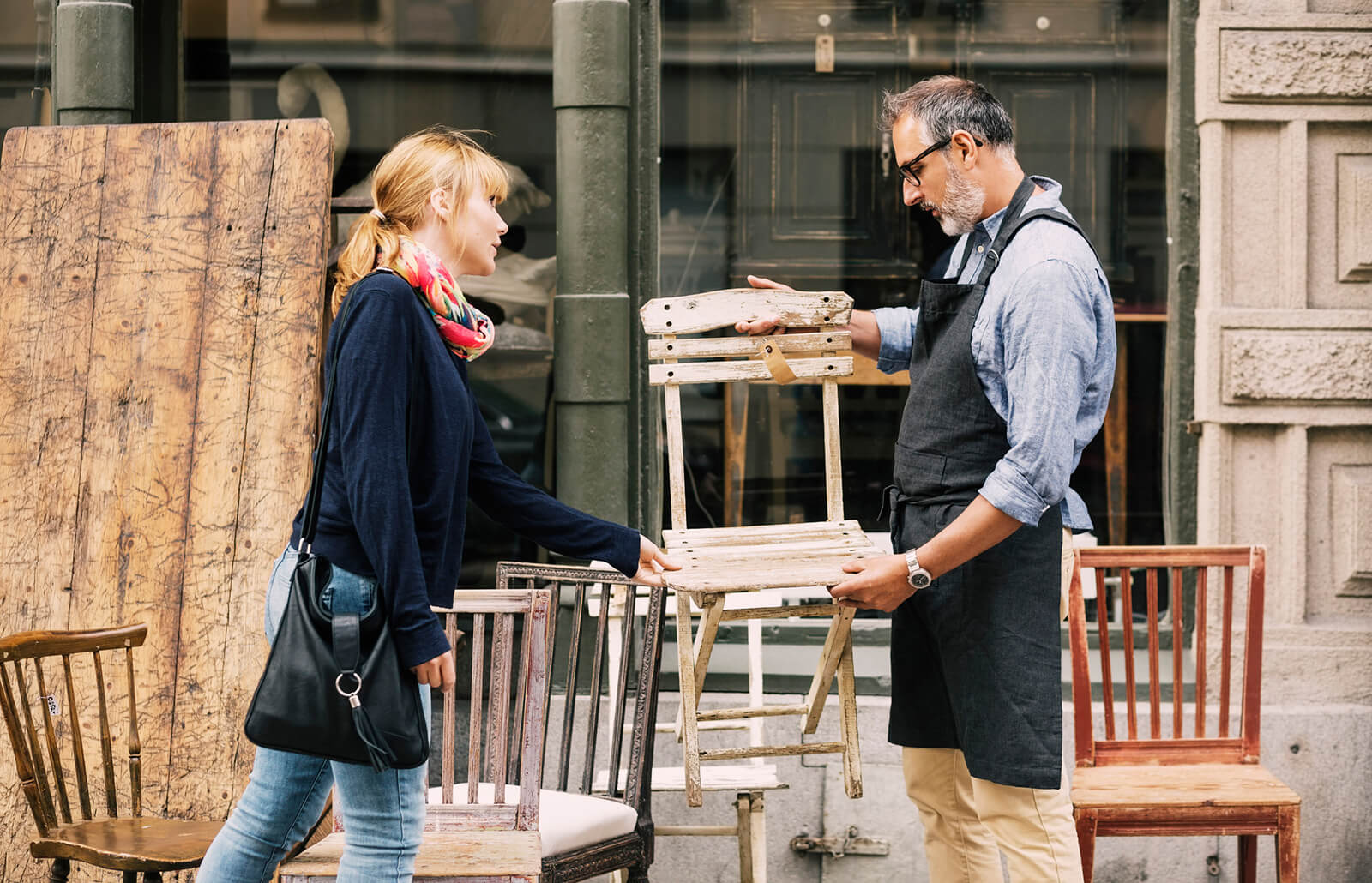

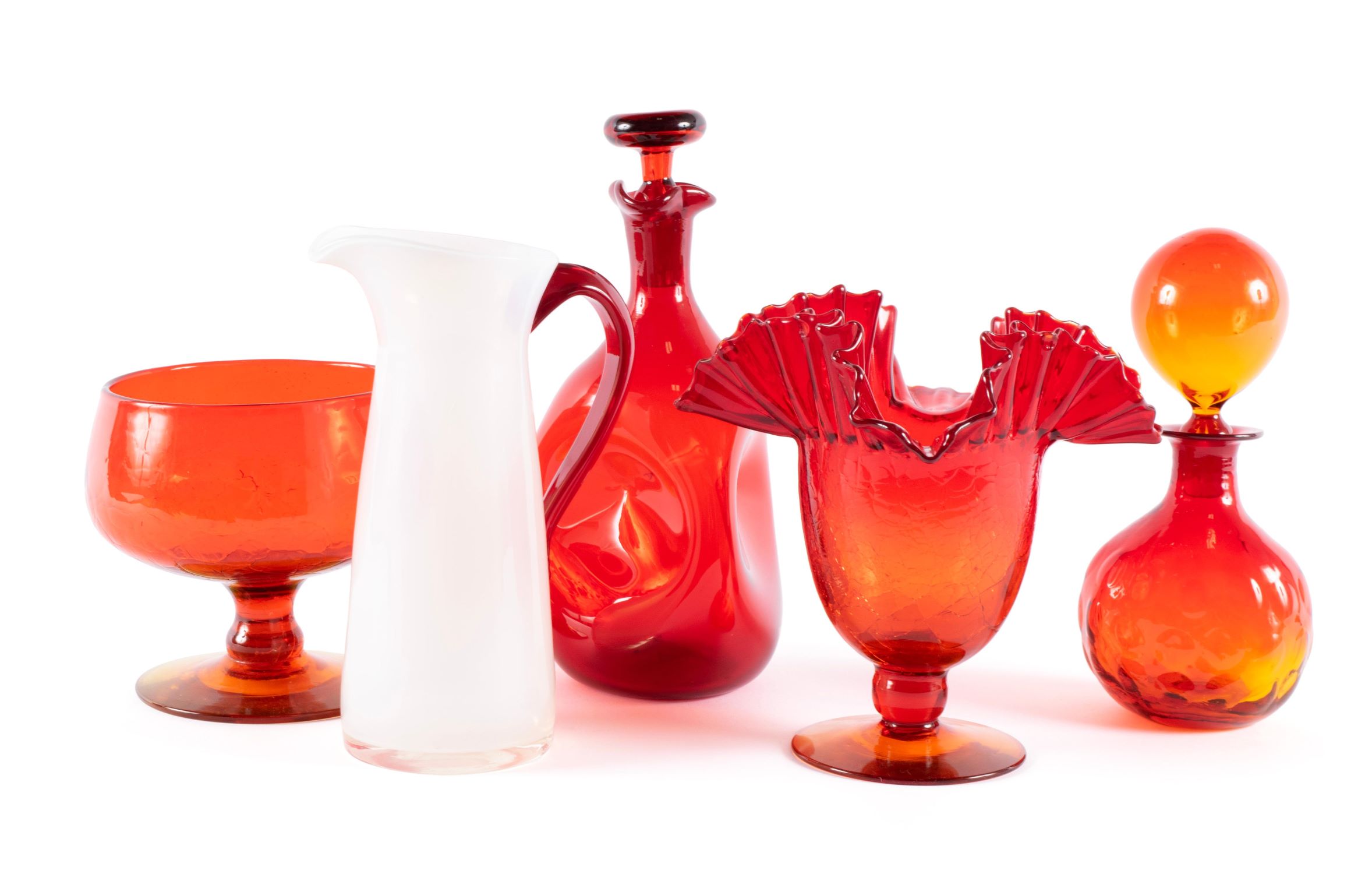
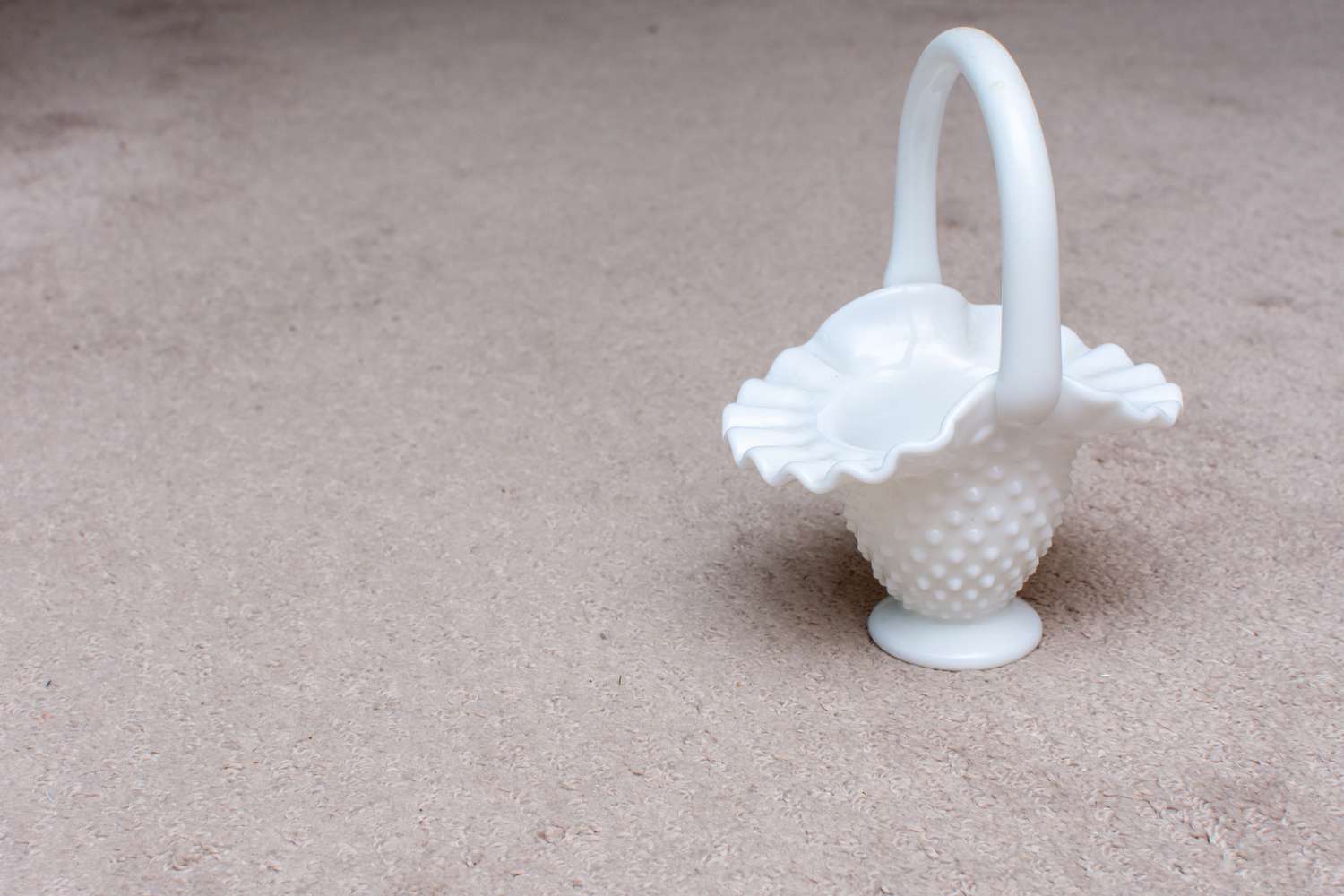

0 thoughts on “Essential Tips For Identifying Valuable Antique Books”